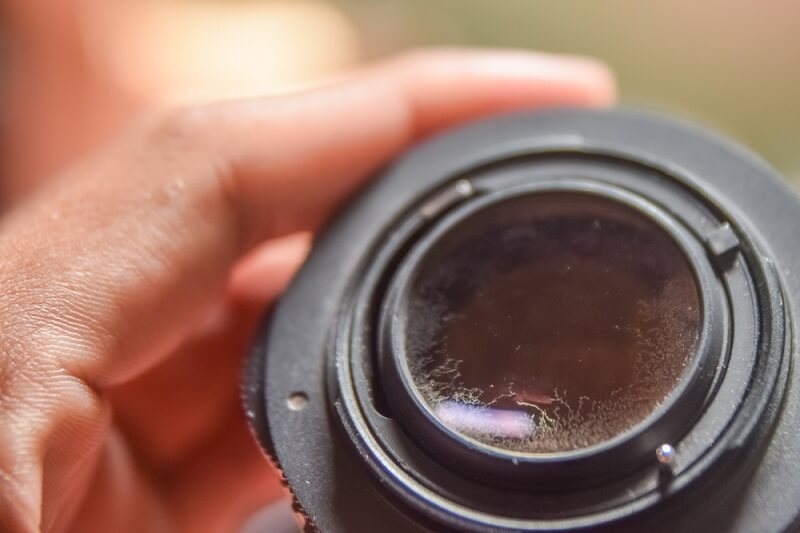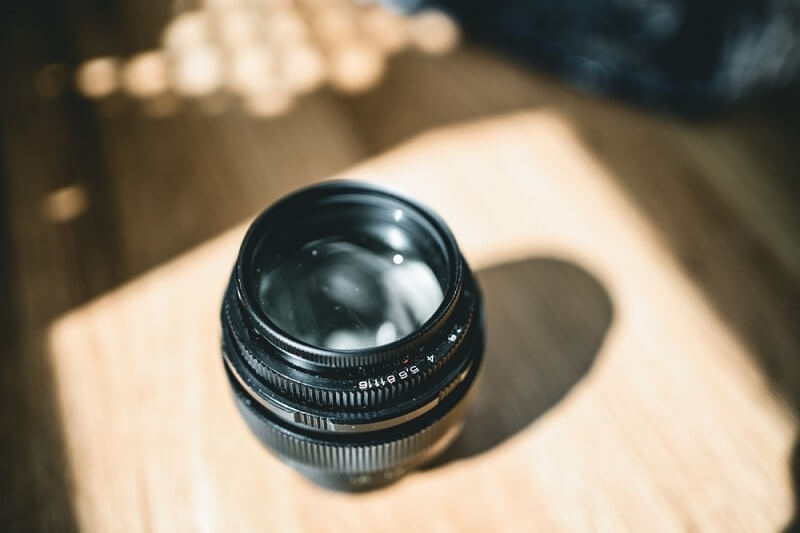
If there’s one silent killer of camera gear, it’s fungus. You can baby your lenses, invest in pricey glass, and still end up with those dreaded web-like patterns crawling across the inside. And once it takes hold, it’s tough (and often expensive) to get rid of. That’s why lens fungus prevention is something every photographer, amateur or pro, needs to take seriously.
Fungus thrives on one thing: moisture. Combine that with darkness and warmth—like the inside of a lens stored in a bag for weeks—and you’ve created the perfect breeding ground. The good news? With the right habits, you can keep your equipment clean, dry, and fungus-free.
Replacing or repairing lenses is expensive. And unlike scratches or dents, fungus damage can permanently etch glass coatings. Preventing it isn’t just about saving gear—it’s about protecting your craft. With habits like smart storage, moisture control, and regular use, you can extend the lifespan of your investment.
That’s why lens fungus prevention belongs on every photographer’s checklist, right next to battery charging and memory card care. A little awareness now saves major headaches later.
Here are nine practical tips that will help protect your gear from the menace of lens fungus.
You can’t fight what you don’t understand. Fungus spores are everywhere, invisible to the eye. They don’t magically appear in your gear—they grow when conditions are right. Moisture, darkness, organic particles like dust… that’s all they need. That’s why guides on how to avoid fungus on camera lens always stress environmental control. Knowing what triggers fungus makes prevention a whole lot easier.
Leaving your camera in a bag shoved under the bed? That’s asking for trouble. Fungus loves dark, damp places. Instead, store your lenses in a dry cabinet, airtight case, or at the very least, in a spot with airflow and stable temperature. For people living in tropical regions, camera storage in humid climate is one of the hardest challenges, but also the most important habit to get right.
Even a simple sealed plastic box with silica gel packets can help. It doesn’t have to be expensive—it just has to be dry.
One of the most effective solutions is moisture control. A proper electronic dehumidifier cabinet is worth every penny if you live where humidity runs high year-round. They’re built to regulate humidity levels and keep your gear safe. If that’s not in the budget, silica gel packets and reusable moisture absorbers are the next best thing. Many photographers rank these as the best dehumidifiers for photography setups because they’re affordable and easy to rotate.
Just don’t forget to recharge silica packs in the oven or replace them when saturated. They’re not magic forever.
Believe it or not, one of the simplest ways to fight fungus is to use your gear. Taking lenses out into the light regularly helps. Sunlight is not friendly to fungus spores. If you’ve left a lens sitting unused for months, that’s when problems sneak in. Think of it as exercise—your lenses need activity too.
This is why many pros emphasize how to avoid fungus on camera lens by actually shooting with it. Even if it’s just taking a walk and snapping a few test shots, it helps keep conditions less fungus-friendly.
Dust, fingerprints, moisture—these feed fungus if left unchecked. After every shoot, wipe your lenses gently with a microfiber cloth. For long-term care, make cleaning part of your routine. No need to obsess, but don’t throw your lens back in the bag dirty.
If you ever spot suspicious patterns or haze, look up reliable lens fungus cleaning tips before trying DIY fixes. Some people attempt alcohol wipes or UV exposure, but improper cleaning can cause more harm than good. When in doubt, a professional service is safer (and cheaper in the long run) than ruining a lens.
Camera bags are great for transport, but terrible for storage. They’re dark, often padded with materials that trap humidity, and rarely ventilated. If you’ve ever noticed a musty smell in an old bag, that’s exactly the kind of environment fungus loves.
This is why camera storage in humid climate guides always warn: bags are for travel, not for long-term keeping. Use shelves, cabinets, or hard cases instead.

Moving from a cold, air-conditioned room to a hot, humid outdoors? Condensation is guaranteed. And that moisture, even if it looks minor, can set the stage for fungus if not dried out. Always let your gear acclimate when shifting between environments. Keep silica packets in your bag for extra insurance.
This little act doubles as one of the most overlooked gear protection hacks because it prevents both fungus and potential internal condensation damage.
Simple, but effective. Always cap lenses when not in use. A good UV filter acts as the first line of defense against dust, dirt, and moisture. While it won’t stop spores from existing inside the lens, it will reduce the amount of grime fungus can feed on.
Some photographers debate filters, but when you’re shooting in unpredictable conditions—rain, sea spray, or even dusty cities—it’s an underrated habit. These gear protection hacks are the kind of low-effort habits that prevent high-cost repairs later.
Sometimes, despite your best efforts, fungus sneaks in. If you catch it early, it may look like faint threads or spots inside the glass. Don’t panic. Take it to a professional technician who can clean and recoat if needed.
DIY attempts often go wrong—scratching coatings, spreading spores, or worse, leaving moisture trapped inside. Professional cleaning is the best route once fungus sets in. Even with plenty of lens fungus cleaning tips online, nothing beats skilled hands and proper tools.
Here’s a quick recap of smart practices:
Think of it as maintenance, not paranoia. Just like washing your car or sharpening your knives, these small steps keep everything working at its best.
Lens fungus isn’t glamorous to talk about, but it’s real, and it’s preventable. Every photographer—from beginners with kit lenses to pros with pricey glass—needs to be aware of it. Moisture plus darkness equals fungus. Break that equation, and you’re safe.
So, next time you pack up your gear, take two extra minutes to check your habits. Store it right, use it often, and keep it clean. These simple routines mean you’ll spend less time worrying about fungus and more time chasing the shots that matter.
Because at the end of the day, photography should be about creating images, not fighting spores.
This content was created by AI